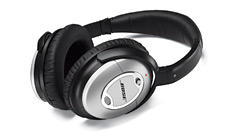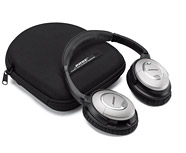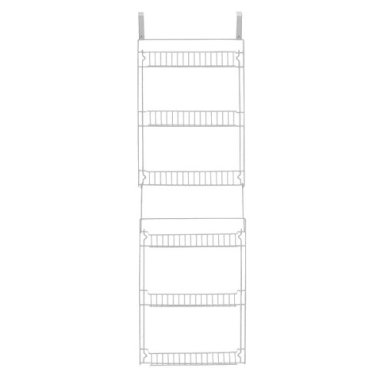This inaugural post in the category of “Bad: Problematic Designs” concerns a technology known as Interactive Voice Response (IVR). The core idea of IVRs is a set of verbal menus that are navigated by the caller in a variety of ways. The most inocuous instantiation of this technology simply guides the user through choices, allowing the user to “say or press” a certain number. The main complaint is the overarching idea that one must navigate through a hierarchical tree of perhaps several dozen total options before talking to a person. In some situations you simply can’t get to a person at all, so if the automated option doesn’t exist, you’re hosed.
From a high-level view, these systems beg the question — just what value-add is coming from all that navigation? Are there really 27 people standing by, one for each leaf node in the tree of options? Does it ultimately dump the caller to the same pool of operators, but with a note to that particular operator concerning your ultimate quest? (“I seek the holy grail…”) Or is it just cathartic for you as a caller to really think through your motives before deigning to bother one of their operators?
Granting the premise that forcing the caller to traverse the tree adds some value (to the caller) that compensates for the time required to do it, there is a distinct advantage to the “press or say [number]” option — mainly the cell-phone-while-driving scenario. If I can drive while menu navigating, it’s far less hazardous to say “five” than press it. (The relative merits of talking on a cell phone while driving is clearly a topic for another day.)
So I think I’ve become habituated to this rudimentary approach to IVRs, so long as I can 1) get to a person 2) within a reasonable traversal depth in the tree 3) in a reasonable amount of time. But lately the approach has seemed to shift. One automated system I call regularly no longer gives me menu choices with the “say or press [number]” option. Now it says things like, “If you would like to check your balance, say ‘Check balance,'” etc. I figured out quickly that if you just track these options numerically, you can just press the corresponding number on the keypad. So if the first option was to say “Check balance,” you can just press ‘1’ instead.
Now a pause for psychological introspection by your host… Why does this bother me enough to hack the system until I understand how to press numbers instead of say phrases? I’m not sure. Maybe it’s because I have an inherent distrust of technology, especially when it begins to get uppity. Maybe it’s because I have had such pitiful experiences with voice recognition software in the past. Maybe it’s because I know that I’m interacting with a computer, and I’d like to do that on fundamentally low-level terms. Maybe it’s because I’m really irritated by the excessively chipper automated voice saying, “Okay!! Let’s get the balance for you, big boy!!” (Frighteningly reminiscent of Eddy, the shipboard computer from Serius Cybernetics Corporation in the original BBC radio programs of the Hitchhiker’s Guide to the Galaxy.) I’m just looking for an account balance in the most efficient manner possible and I don’t want to emotionally bond with a voice recognition system!
Today I hit an all-time low (or high as the case may be). The MP3 file posted here is an actual recording of my conversation with an IVR protecting the front gates of one of our government agencies. Amazingly, when I actually got to the operator, he was remarkably personable and helpful. Perhaps it was only in comparison to the pseudo-personality I had to wade through in order to get to him.
Today’s lunch discussion of this experience with my Ph.D. student Dan Delorey (aided and abetted by the nearly intoxicating influence of a fire grilled chicken salad from Cafe Rio in Provo, Utah) has given rise to two new, but related, ideas, soon to be launched in this space.
1) Tell your troubles to the IVR. Fine, mister uppity-human-wannabe computer! You wanna talk? Let’s talk!
2) IVR Wars. Let’s get some of these systems talking to each other if they’re so smart. Let’s see if Sears can get some answers from Delta Airlines. We don’t know yet what the criteria will be for victory… The first one to get a human on the line? The last one?! The first one to hang up? We’ll have to think through this a bit.




